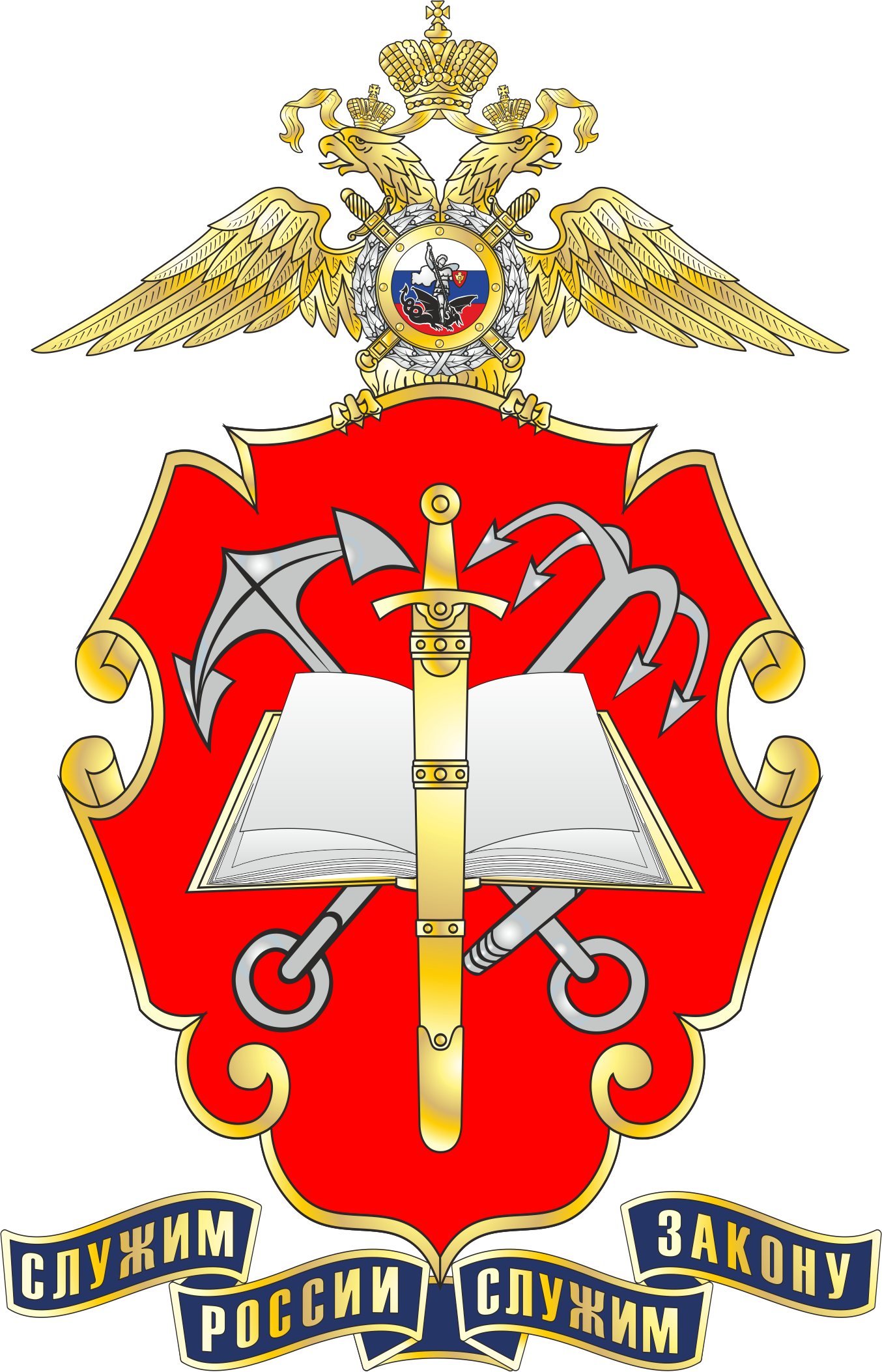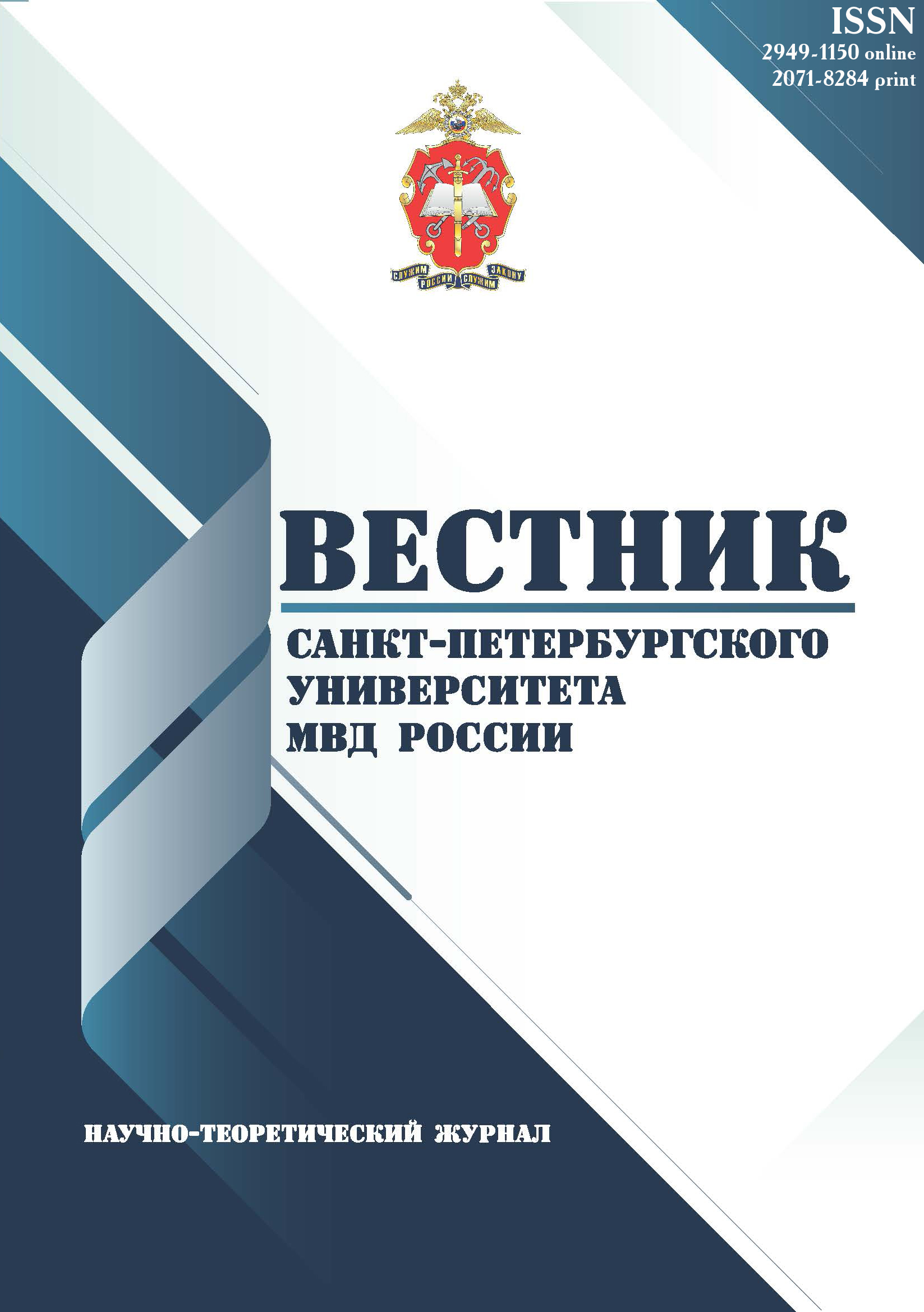Vsevolozhsk, St. Petersburg, Russian Federation
UDC 159.923
Introduction. The article deals with the structure of psychological consequences affecting the officers of internal affairs bodies who took part in the counter-terrorist operation (as part of combined units) in the territory of the Chechen Republic. The relevance of the research is determined by the necessity of substantiation of indications for a differentiated approach to medical and psychological rehabilitation of the law enforcement officers having performed service and combat tasks in special conditions. Methods. The research involved 110 officers of internal affairs bodies, average age 29,38±6,5 years; average period of being in the zone of armed conflict 146,9±79,8 days; number of missions 1,41±0,65. Research methods: anonymous questionnaire, standardised multifactor method of personality research, 16-factor personality questionnaire of R. Kettell, accentuation type identification test of H. Smishek, projective technique ‘Hand-test’, drawing association test of S. Rosenzweig, traumatic stress intensity questionnaire of I. O. Kotenev. Statistical processing of the results was carried out by methods of descriptive and factor analysis (method of principal components and varimax-rotation of the factor structure). Results. The author found six factors that explain 81.89 % of the total dispersion of traits in the structure of psychological consequences of counter-terrorist activity. Two of them - ‘posttraumatic’ (21.4 %) and ‘stuck-posttraumatic’ (7.57 %) factors - include symptoms of posttraumatic stress disorder, as well as predictors contributing to its prolonged flow. Signs of ‘subthreshold’ (prenosological) posttraumatic stress disorder, in the form of characteristic personality traits were identified: pessimism, psychasthenia, neurotic control, rigidity, impulsiveness, aggressiveness, cyclothymia, emotional ambivalence, ‘getting stuck’ on affect, frustration fixation on self-protection, anxiety, suspiciousness, sensitivity, guilt, social introversion, passivity, egocentricity. They are part of five out of six factors (‘posttraumatic’, ‘unproductive frustration response’, ‘demonstrative-neurotic’, ‘rigid-affective’, ‘stuck-posttraumatic’) and need both timely and diverse measures of medical and psychological rehabilitation. Psychological peculiarities included in the ‘hyperthymic-conform’ factor (12.06% of the variance) can be compensated by psychological correction. The author analysed foreign and national methods of psychological rehabilitation of posttraumatic stress disorder, identified psychotherapeutic ‘targets’ of influence and proposed measures of psychological rehabilitation of internal affairs officers with regard to the factor structure of the consequences.
law enforcement officers, posttraumatic stress disorder, medical and psychological rehabilitation, psychological correction, psychosomatic diseases
1. Rassoha A. A., Solov'ev A. G., Ichitovkina E. G., Zlokazova M. V. Vliyanie premorbidnyh lichnostnyh osobennostey na formirovanie pogranichnyh psihicheskih i psihosomaticheskih rasstroystv u pensionerov-kombatantov // Zhurnal nevrologii i psihiatrii im. S. S. Korsakova. – 2021. – № 121 (8). – S. 19–24; https://doi.org/10.17116/jnevro202112108119.
2. Strel'nikova Yu. Yu. Psihologicheskie posledstviya uchastiya sotrudnikov organov vnutrennih del v kontrterroristicheskoy operacii : monografiya. – Sankt-Peterburg: Sankt-Peterburgskiy universitet MVD Rossii, 2020. – 232 s.
3. Cox K. S., Resnick H. S., Kilpatrick D. G. Prevalence and correlates of posttrauma distorted beliefs: evaluating DSM-5 PTSD expanded cognitive symptoms in a national sample // Journal of Traumatic Stress. – 2014. – № 27 (3) – R. 299–306; https://doi.org/10.1002/jts.21925.
4. Fear N. T., Jones M., Murphy D., Hull L. [et al.]. What are the consequences of deployment to Iraq and Afghanistan on the mental health of the UK armed forces? A cohort study // The Lancet. – 2010. – Vol. 375, no. 9728. – P. 1783–1797; https://doi.org/10.1016/S0140-6736(10)60672-1.
5. Matthews L. R., Alden L. E., Wagner Sh., Carey M. G. [et al.]. Prevalence and predictors of posttraumatic stress disorder, depression, and anxiety in personnel working in emergency department settings: a systematic review // The Journal of Emergency Medicine. – 2022. – Vol. 62, no. 5. – P. 617–635; https://doi.org/10.1016/j.jemermed.2021.09.010.
6. Merians A. N., Spiller T., Harpaz-Rotem I., Krystal J. H. [et al.]. Post-traumatic Stress Disorder // Medical Clinics of North America. – 2023. – Vol. 107, no. 1. – P. 85–99; https://doi.org/10.1016/j.mcna.2022.04.003.
7. Elhai J. D., Palmieri P. A. The factor structure of posttraumatic stress disorder: A literature update, critique of methodology, and agenda for future research // Journal of Anxiety Disorders. – 2011. – Vol. 25, no. 6. – P. 849–854; https://doi.org/10.1016/j.janxdis.2011.04.007.
8. McLaughlin K. A., Koenen K. C., Friedman M. J., Ruscio A. M. [et al.]. Subthreshold posttraumatic stress disorder in the world health organization world mental health surveys // Biological Psychiatry. – 2015. – Vol. 77, no. 4. – P. 375–384; https://doi.org/10.1016/j.biopsych.2014.03.028/
9. Cukor J., Wyka K., Jayasinghe N., Difede J. A. The nature and course of subthreshold PTSD // Journal of Anxiety Disorders. – 2010. – Vol. 24, no. 8. – P. 918–923; https://doi.org/10.1016/j.janxdis.2010.06.017/.
10. Kehle-Forbes Sh. M., Nelson D., Norman S. B., Schnurr P. P. [et al.]. Comparative effectiveness of trauma-focused and non-trauma-focused psychotherapy for PTSD among veterans with comorbid substance use disorders: Protocol & rationale for a randomized clinical trial // Contemporary Clinical Trials. – 2022. – Vol. 120. – 106876; https://doi.org/10.1016/j.cct.2022.106876. – URL: www.elsevier.com/locate/conclintrial.
11. Lewis C., Roberts N. P., Andrew M., Starling E. [et al.]. Psychological therapies for posttraumatic stress disorder in adults: systematic review and meta-analysis // European Journal of Psychotraumatology. – 2020. – Vol. 11, no. 1. – P. 1729633; doihttps://doi.org/10.1080/20008198.2020.1729633. – URL: https://www.tandfonline.com/doi/full/10.1080/20008198.2020.1729633.
12. Demkin A. D., Ivanov V. V., Kruglov V. I. Novye metody reabilitacii voennosluzhaschih s boevoy psihicheskoy travmoy v armiyah zarubezhnyh gosudarstv // Izvestiya Rossiyskoy Voenno-Medicinskoy akademii. 2019. – T. 38, № 3. – S. 125–131; https://doi.org/10.17816/RMMAR26080-20224.
13. Cusack K., Jonas D. E., Forneris C. A., Wines C. [et al.]. Psychological treatments for adults with posttraumatic stress disorder: A systematic review and meta-analysis // Clinical Psychology Review. – 2016. – Vol. 43. – P. 128–141; https://doi.org/10.1016/j.cpr.2015.10.003.
14. Ichitovkina E. G., Zlokazova M. V., Solov'ev A. G. Effektivnost' mediko-psihologicheskoy reabilitacii kombatantov // Zhurnal nevrologii i psihiatrii im. S. S. Korsakova. – 2013. – № 5 (113). – S. 42–47.
15. Sergeev V. A., Gracheva L. V. Analiz kliniko-psihopatologicheskih i psihosocial'nyh proyavleniy otdalennyh posledstviy boevoy psihicheskoy travmy // Psihiatriya, psihoterapiya i klinicheskaya psihologiya. – 2020. – T. 11, № 1. – S. 22–32. https://doi.org/10.34883/pi.2020.11.1.002.
16. Edeh A. N., Uwakwe R., Obindo T .J., Agbir M. T. [et al.]. A comparative study of posttraumatic stress disorder in two post-conflict communities in Benue state Nigeria // Dialogues in Health. – 2023. – Vol. 71, no. 2. – P. 100105; https://doi.org/10.1016/j.dialog.2023.100105Getrights and content. – URL: www.elsevier.com/locate/dialog.
17. Shalev A. Y., Tuval R., Frenkiel-Fishman S., Hadar H. [et al.]. Psychological responses to continuous terror: a study of two communities in Israel // American Journal of Psychiatry. – 2006. – Vol. 163, no. 4. – R. 667–673; https://doi.org/10.1176/ajp.2006.163.4.667.
18. Moye J., Kaiser A. P., Cook J., Pietrzak R. H. Post-traumatic Stress Disorder in Older U.S. Military Veterans: Prevalence, Characteristics, and Psychiatric and Functional Burden // The American Journal of Geriatric Psychiatry. – 2022. – Vol. 30, no. 5. – P. 606–618; https://doi.org/10.1016/j.jagp.2021.10.011.
19. French L. M., Brickell T. A., Lippa S. M., Rogers A. A. [et al.]. Clinical relevance of subthreshold PTSD versus full criteria PTSD following traumatic brain injury in U.S. service members and veterans // Journal of Affective Disorders. – 2024. – Vol. 358. – P. 408–415; https://doi.org/10.1016/j.jad.2024.05.015.














